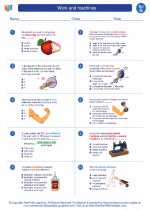Stomata
Stomata are tiny openings or pores found on the surface of a plant's leaves, stems, and other plant organs. These openings are surrounded by specialized cells called guard cells, which control the opening and closing of the stomata.
Structure of Stomata
Stomata consist of two bean-shaped guard cells that surround a pore. These guard cells can change shape to open and close the stomatal pore. Each stoma is also flanked by two subsidiary cells that provide support to the guard cells.
Function of Stomata
Stomata play a crucial role in the process of transpiration and gas exchange in plants. They allow for the exchange of gases such as oxygen, carbon dioxide, and water vapor between the plant and the surrounding environment. Additionally, stomata help regulate the water balance within the plant by controlling the loss of water vapor through transpiration.
Factors Affecting Stomatal Opening and Closing
The opening and closing of stomata are influenced by various factors including light intensity, carbon dioxide concentration, humidity, and plant hormones such as abscisic acid and cytokinins.
Stomata Study Guide
- Define stomata and explain their structure.
- Discuss the function of stomata in plants.
- Explain the factors that influence the opening and closing of stomata.
- Compare and contrast the role of stomata in gas exchange and transpiration in plants.
- Describe the role of guard cells in regulating stomatal opening and closing.






